KAZAKHSTAN is the largest country in Central Asia, covering over 2.7 million square kilometers, and is the ninth largest country in the world.
Located at the crossroads of Asia and Europe, Kazakhstan has witnessed the meeting of various civilizations and global powers. From the traces of ancient kingdoms to a modern era full of transformation, the Kazakh people have continued to preserve their unique and proud identity.
Its vast landscape is dominated by steppes, mountains, and deserts that has shaped a resilient, tough, and independent Kazakh character. Life in the harsh wilderness has demanded survival skills, mutual assistance, and high mobility.
The History of the Kazakh Nation
The history of the Kazakh nation began in the 15th century with the formation of the Kazakh Khanate, which united previously conflicting tribes and clans. The Khanate became a symbol of early unity and the precursor to a national identity. They developed a structured social system, with traditional customs upheld as life guidance.
Also Read: The Forty-Four-Days of Glory: Azerbaijan’s Struggle for Justice and Peace
In the 18th century, Kazakhstan came under Russian Empire influence. Tribal leaders were forced to adapt to colonial rule, though resistance persisted. Historian Martha Brill Olcott, in her book The Kazakhs (1995), stated that this era marked significant social and economic changes in Kazakh society, where nomadic traditions began to erode.
During the Soviet era, which began in 1936 when Kazakhstan became a Soviet Socialist Republic, forced agricultural collectivization and modernization were imposed. Many traditions and religious practices were suppressed. Nevertheless, people continued to preserve traditions privately, especially within families.
After gaining independence in 1991, Kazakhstan worked to build a national identity that blends modern spirit, traditional values, and Islamic culture. The government promoted the Kazakh language, revived cultural festivals, and honored cultural icons like Abai Qunanbaiuly as national inspirations.
Nomadic Traditions: Yurts, Kokpar, and Beshbarmak
Nomadic culture distinguishes Kazakh people from others in Central Asia. Herding livestock on the steppe created a lifestyle deeply connected to nature. Horses are seen as the “wings” of the Kazakh people, a symbol of freedom and pride. One’s success is often measured by horsemanship.
Also Read: Palestine Solidarity Month: A Collective Movement for Al-Aqsa and Palestine’s Freedom
The yurt or kiiz ui is a prominent symbol of nomadic life. It is not just a dwelling, but a social hub, a family gathering place, and a ceremonial space. According to the Kazakh National Encyclopedia, the yurt’s structure symbolizes the cosmos: the round roof represents the sky and the round floor symbolizes the earth.
Kokpar, a horseback game using a goat carcass as a ball, trains strength, agility, and teamwork. It remains popular, especially during major festivals like Nauryz, and is considered a showcase of courage and clan solidarity.
Traditional cuisine also reflects nomadic life. The dish beshbarmak, meaning “five fingers,” is eaten by hand, reflecting closeness and unity. The drink kumis, fermented horse milk, is believed to strengthen the immune system and has been consumed for millennia.
The Tusau Kesu ritual, cutting the leg bindings of a toddler taking their first steps symbolizes freedom and independence, reflecting hopes for a strong and self-reliant future.
Also Read: Hassan al-Turabi: A Controversial Thinker from Sudan
Kazakh Culture
Kazakh culture blends nomadic tradition, Islamic influence, and elements of Russian and Middle Eastern cultures. Traditional music plays an important role. The dombra, a two-stringed instrument, is a national icon. Songs played on the dombra, such as Kozimnin Karasy by Abai, carry moral messages, longing, and praise for nature.
Aitys, or spontaneous poetic duels, remain popular. Poets (akyns) compete in intelligence, creativity, and courage to express social critique. This tradition sustains oral literacy, shares community concerns, and strengthens solidarity.
Traditional Kazakh clothing is made from wool, leather, or silk, adorned with symbolic embroidery. Women’s designs often represent prayers, protection, and fertility. On special occasions, men wear chapan (long robes) and borsyk fur hats, indicating social status.
Handicrafts like kilim carpets, embroidery, and silver jewelry are vital to Kazakh culture. Women play a major role in preserving these traditions. As traditional artisan Aigerim Nurzhan said in a Kazinform interview (2023), “Every stitch tells a story, every motif is a prayer for our descendants.”
Also Read: Who Exactly is the RSF Group Shaking Sudan?
The Nauryz Festival, marking the spring new year on March 21, is the peak of cultural expression. People wear traditional clothes, set up yurts, share meals, and hold competitions like kokpar, wrestling, and folk dances. The Kazakh National Encyclopedia describes Nauryz as a symbol of rebirth, unity, and new hope.
Abai Qunanbaiuly: The Moral Teacher of the Nation
Abai Qunanbaiuly was born in 1845 in Chinghiz Tau, Eastern Kazakhstan. Raised in a respected family with deep roots in custom and religion, Abai developed a strong interest in Eastern literature, philosophy, and Russian literature, which shaped his critical and open-minded thinking.
As a philosopher, Abai urged Kazakhs to embrace new knowledge and avoid narrow-mindedness. In his work Kara Sozder (Words of Edification), he wrote, “Love of knowledge is the main requirement for becoming a useful person.” This book of 45 short essays discusses morality, education, and social critique, and is considered a Kazakh ethical guide.
Abai also composed songs with moral messages. Kozimnin Karasy is an example of music as a tool for introspection. He often performed with a dombra to deliver social messages emotionally and effectively.
Also Read: The Two-State Solution (Palestine–Israel) in Historical Perspective
Abai translated works of Pushkin, Goethe, and Lermontov into Kazakh to expose people to universal values. According to Kazinform (2023), Abai was “a bridge between East and West for the Kazakh nation.”
Zharmakhan Tuyakbay, a cultural researcher, called Abai a “moral teacher.” “Abai was not just a poet, but a spiritual guide teaching how to live in balance between tradition, religion, and knowledge,” he told Kazinform.
Islam and Its Role in Kazakhstan
Islam came to Kazakhstan between the 8th and 12th centuries through Central Asian traders and scholars. Initially, the Kazakh people believed in Tengrism (a sky and nature spirit belief) before gradually converting to Islam, especially with the rise of the Kazakh Khanate in the 15th century.
During Russian and Soviet rule, Islam was repressed. Anti-religious policies closed mosques, banned scriptures, and halted religious education. Still, Islamic values survived in family life through prayer and circumcision traditions.
Also Read: Enchanted by K-Dramas, Dragged into Slander: Time for Muslims to Rise!
After independence in 1991, Kazakhstan experienced a spiritual revival. The government supported mosque construction and religious schools. According to Pew Research Center (2017), around 70% of Kazakhs identify as Muslims, though their practice is generally moderate.
Islam in Kazakhstan emphasizes moral and social aspects. Islamic teachings are linked with Kazakh traditions, respect for elders, communal living, and humility. Abai stressed rational and peaceful Islam. In Kara Sozder, he wrote, “Religion is not just ritual, but keeping the heart pure and the mind clear.”
Today, Islam acts as social glue, strengthening national identity. Religious holidays like Eid al-Fitr and Eid al-Adha are celebrated joyfully, aligned with local customs. Islam and tradition go hand-in-hand, fostering cultural harmony.
Kazakhstan has successfully blended a long history, nomadic traditions, culture, and Islamic teachings into a solid national identity. Customs like yurts, kokpar, aitys, and Tusau Kesu continue even in modern cities like Astana and Almaty.
Also Read: Creating Opportunity and Avoiding Misery; Lesson Learn on Waste Recycling Issue
Kazakh culture is rich, from the dombra to embroidered clothes, from kilim carpets to the vibrant Nauryz Festival. These represent collective efforts to preserve heritage while embracing progress. Women-led crafts embody diligence and generational prayers.
Abai Qunanbaiuly weaves all these elements together. With Kara Sozder and his music, he laid a moral foundation for facing global challenges. Monuments, universities, and literary festivals bearing his name prove how one figure can live on in a nation’s memory.
Islam, once suppressed under Soviet rule, now thrives moderately, prioritizing harmony. Islam and local traditions walk together are strengthening unity and becoming a moral fortress protecting youth from identity crises.
As Abai said, “To see the future of a nation, look at the morals of its youth.” This message remains relevant today, reminding us that nation-building is not just about economy and technology, but about preserving the soul, heritage, and a pure heart. []
Also Read: Between the Treaty of Hudaybiyyah and Ceasefire in Gaza
Mi’raj News Agency (MINA)

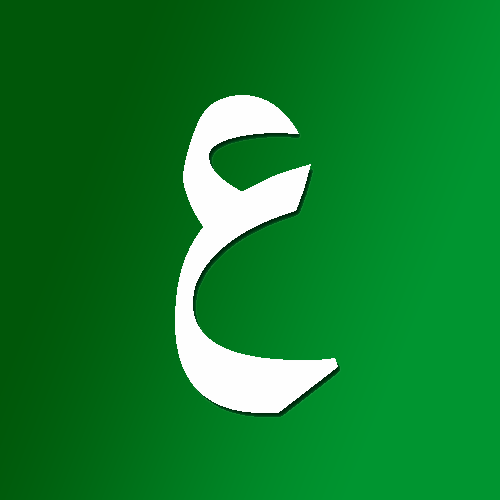



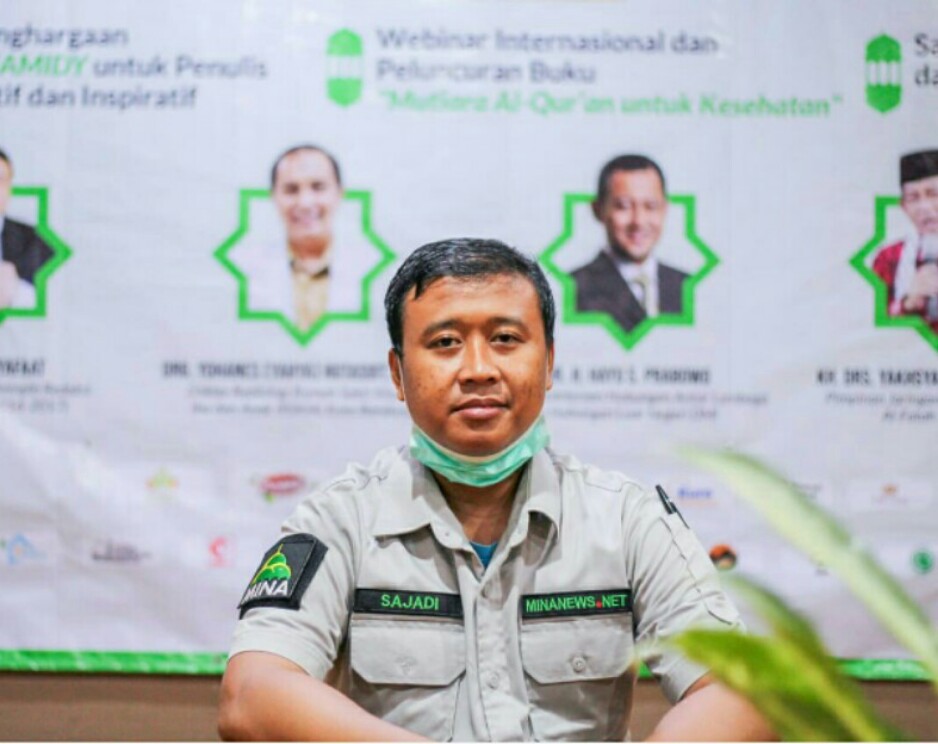
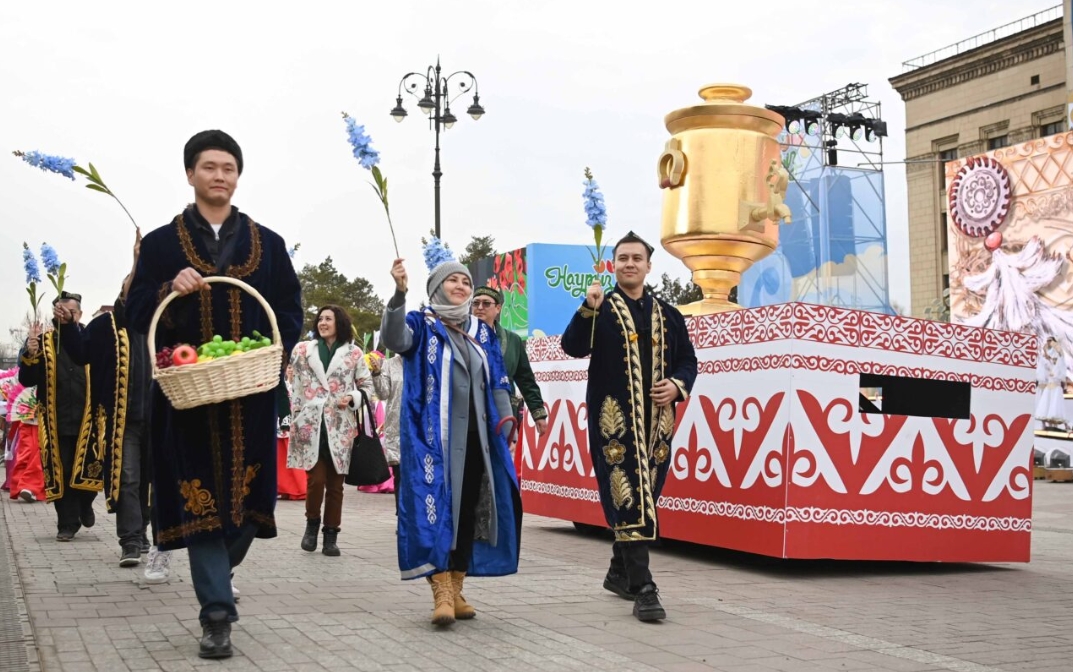




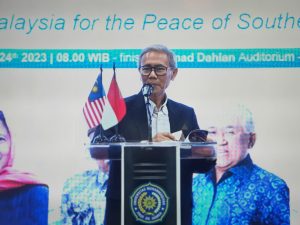
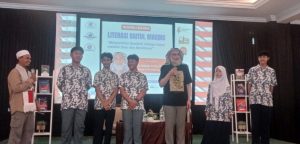
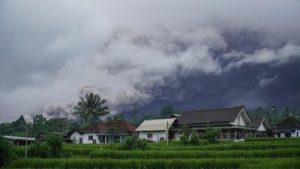
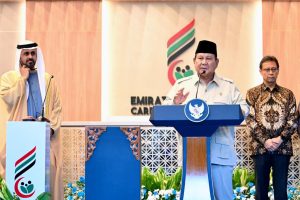

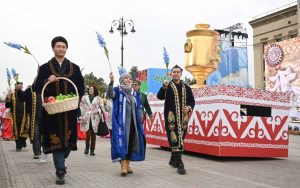
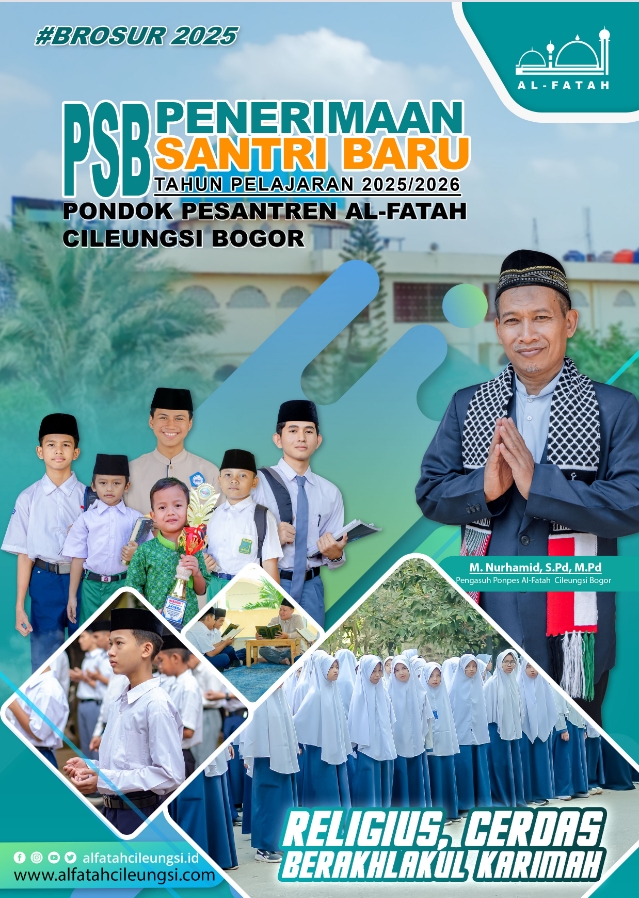
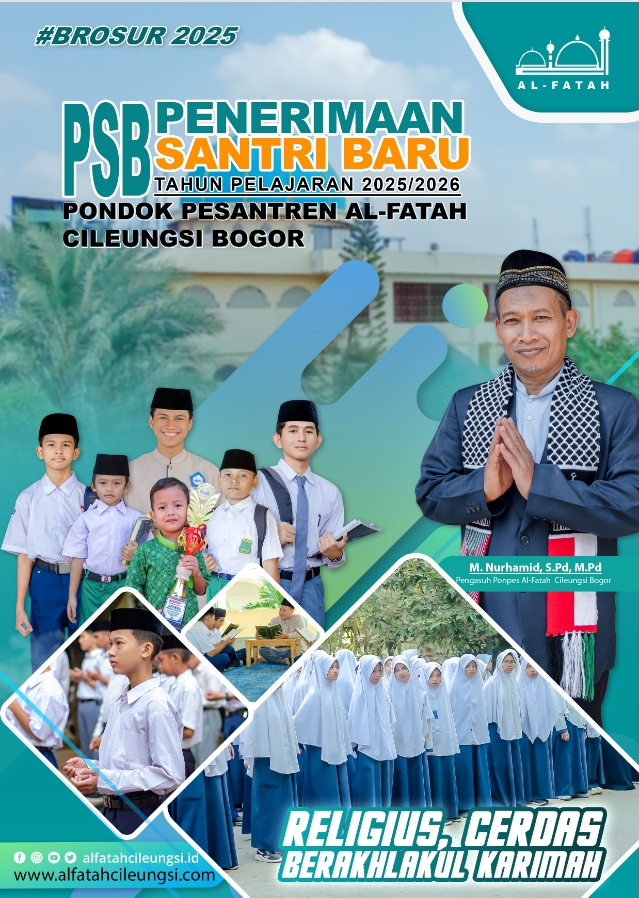
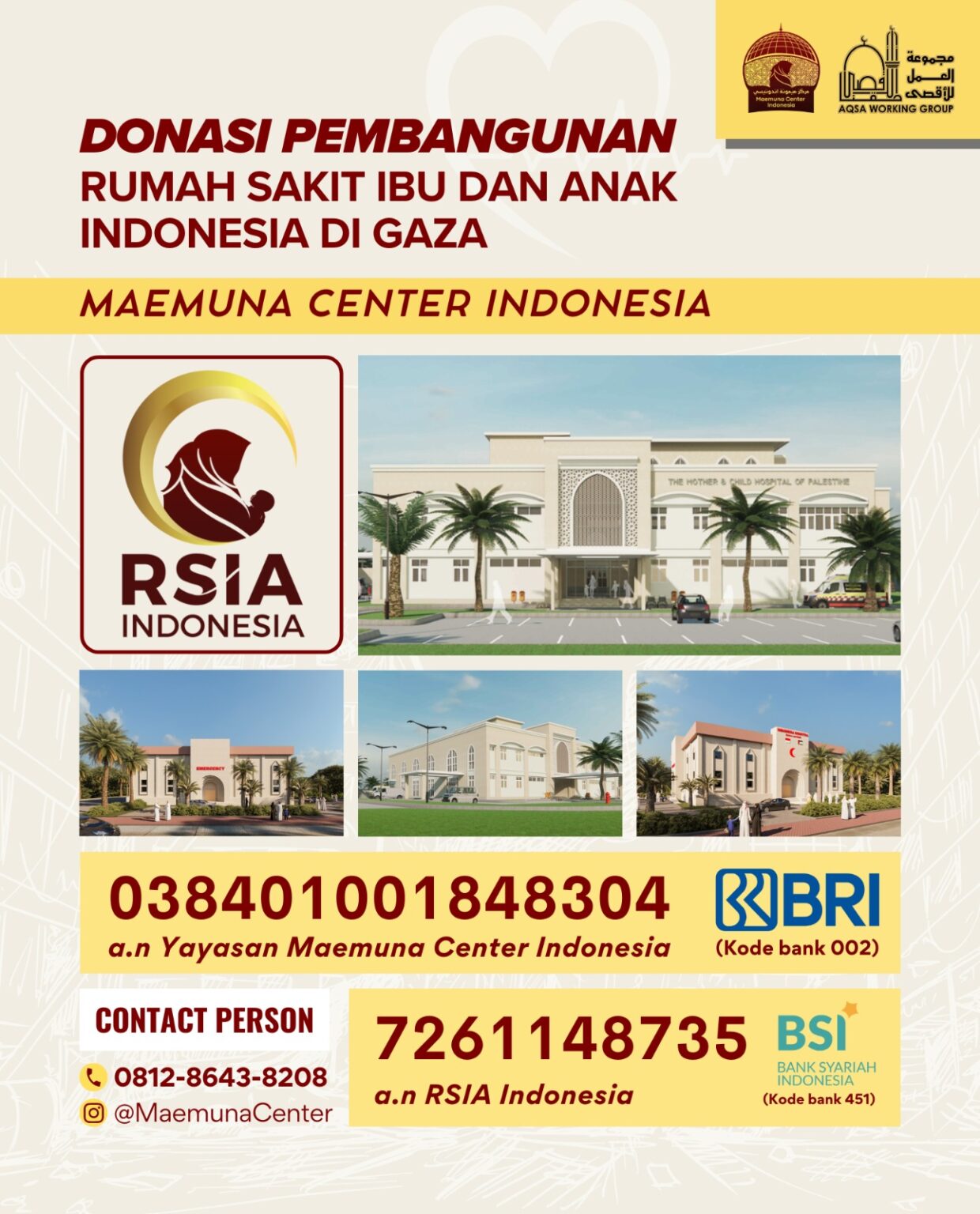

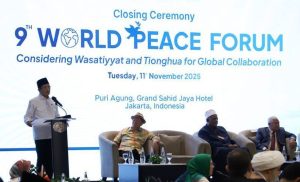

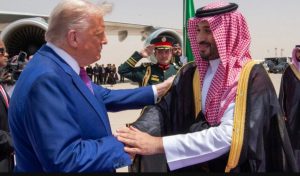
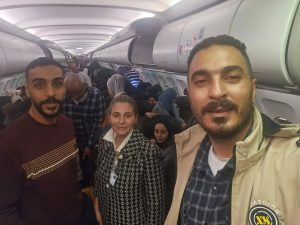
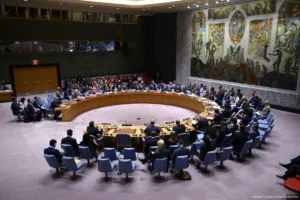


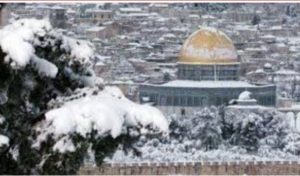

 Mina Indonesia
Mina Indonesia Mina Arabic
Mina Arabic